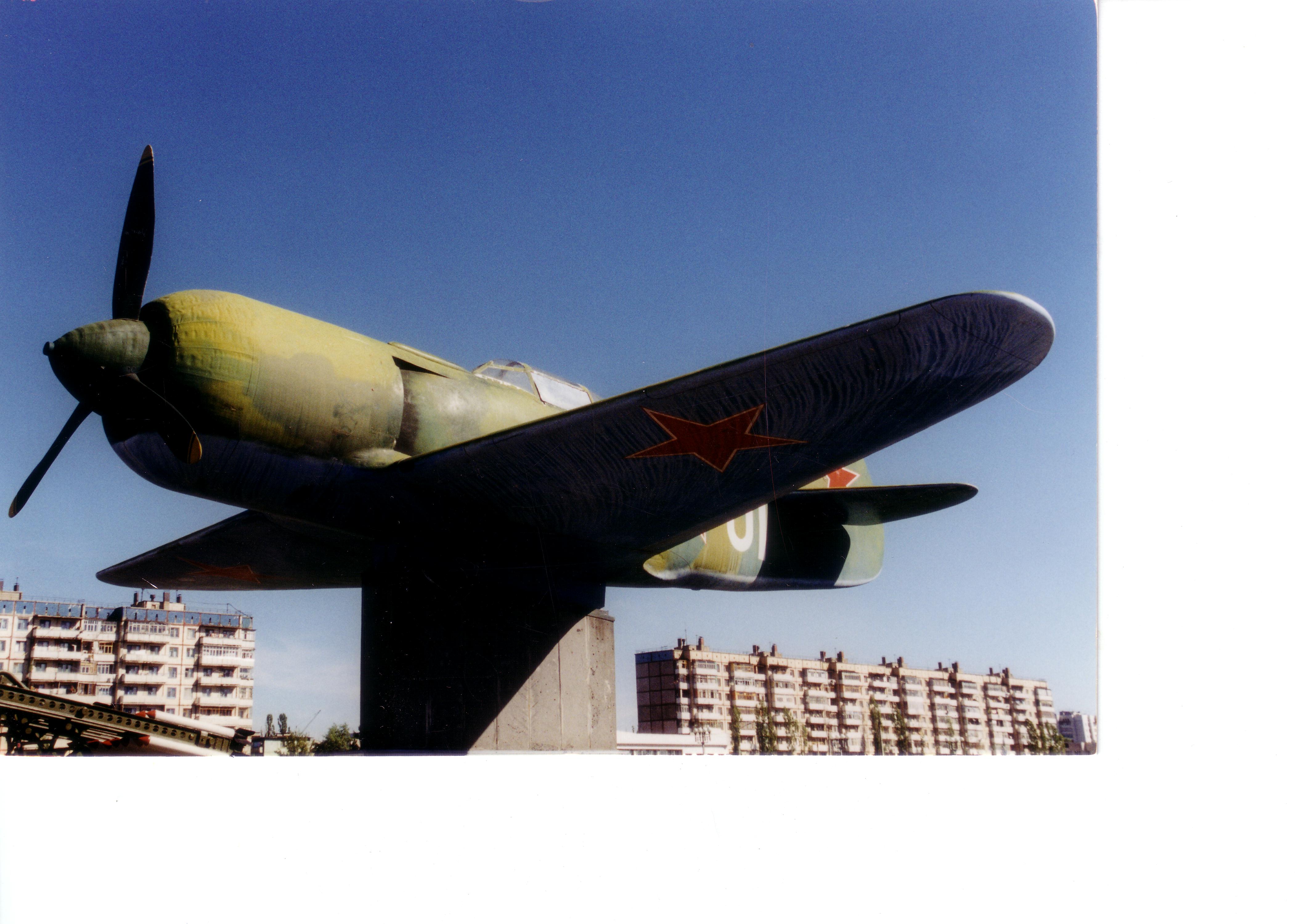I do note that several of the talking heads on TV have mentioned that providing a casualty estimate is standard practice when briefing for a military action. This may be the case, I have never been to one of those briefings. But….while casualty estimates for a single proposed operation may be common, my experience is that they are not that common when it comes to evaluating wars.
There were certainly multiple estimates done in 1990 for the 1991 Gulf War both inside and outside the Government. A number of estimates were high and many have never been publicly released. I have yet to have seen any systematic analysis of the casualty estimates done for the Gulf War. Most of these were based upon combat models, so as such, serve as a validation test for these combat models. Wikipedia used to have a discussion on this issue, but it has since disappeared. Needless to say, the estimate derived from a combat model made before a war is probably something that would be very telling. The fact that DOD never conducted an analysis after the war of the various estimates is also very telling.
Now, we did do an estimate in fall of 1995 for a Bosnia peacekeeping operation (the Dayton conference ended with a peace agreement in November 1995). This was the only estimate done for this operation. According to rumor, the Joint Chiefs of Staff asked the Deputy Under Secretary of the Army for Operations Research (DUSA-OR) if they could do such an estimate, and were told that there was no methodology to estimate casualties in an Operation Other Than War (OOTW) (see page 309, America’s Modern Wars). So The Dupuy Institute ended up doing such an estimate, and we did it based upon two different methodologies (see Appendix II, America’s Modern Wars).
As far as I know, we were also the only people who did an estimate in 2004/2005 for the cost and duration of an extended guerilla war in Iraq. Some one else may have done some work on duration, as I kept hearing the statement made that guerilla wars lasted an average of ten years. I could never tell if that figure was pulled from our work or if someone else did some similar work. Regardless, I think we were the only people who did an analytically based casualty estimate of the war. See Chapter 1, America’s Modern Wars.
Now, when I was writing America’s Modern Wars, I decided to look into what estimates had been made in the first half of the 1960s for the war in Vietnam. I really could not find anything analytical, although my search was not exhaustive (meaning I am still waiting for someone to prove me wrong). But, it does not appear that any analytically based estimate was made during the 1960s for casualties and duration for what turned into America’s third bloodiest and second longest war. See pages 4, 29-30, America’s Modern Wars.
So, there appears to have been an estimate done for the casualties for a strike on Iraq (although I doubt it will be made public). On the other hand, it is doubtful if anyone has done an estimate for the full range of options, or addressing the Iranian counter-options, or examining an extended conflict with Iran. This would certainly have to address the range of counter-strikes and other options available to Iran if such a conflict further developed. For various reasons, the DOD seems hesitant to do these types of estimates.
Now, I happen to think our decision makers would be better served if they indeed did have some estimates of casualties and duration of these conflicts when they were contemplating their options. They were not done for the Vietnam War, only one estimate was done for Bosnia and I think only one estimate was done for the continuing war in Iraq. I am guessing, based upon that track record, no such estimate has been made for an extended conflict with Iran.



